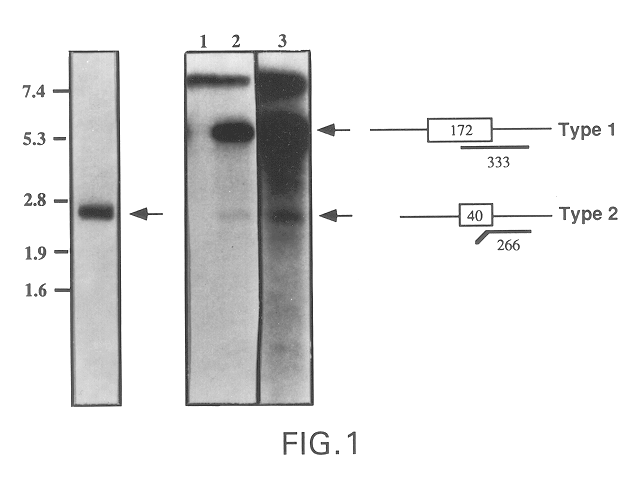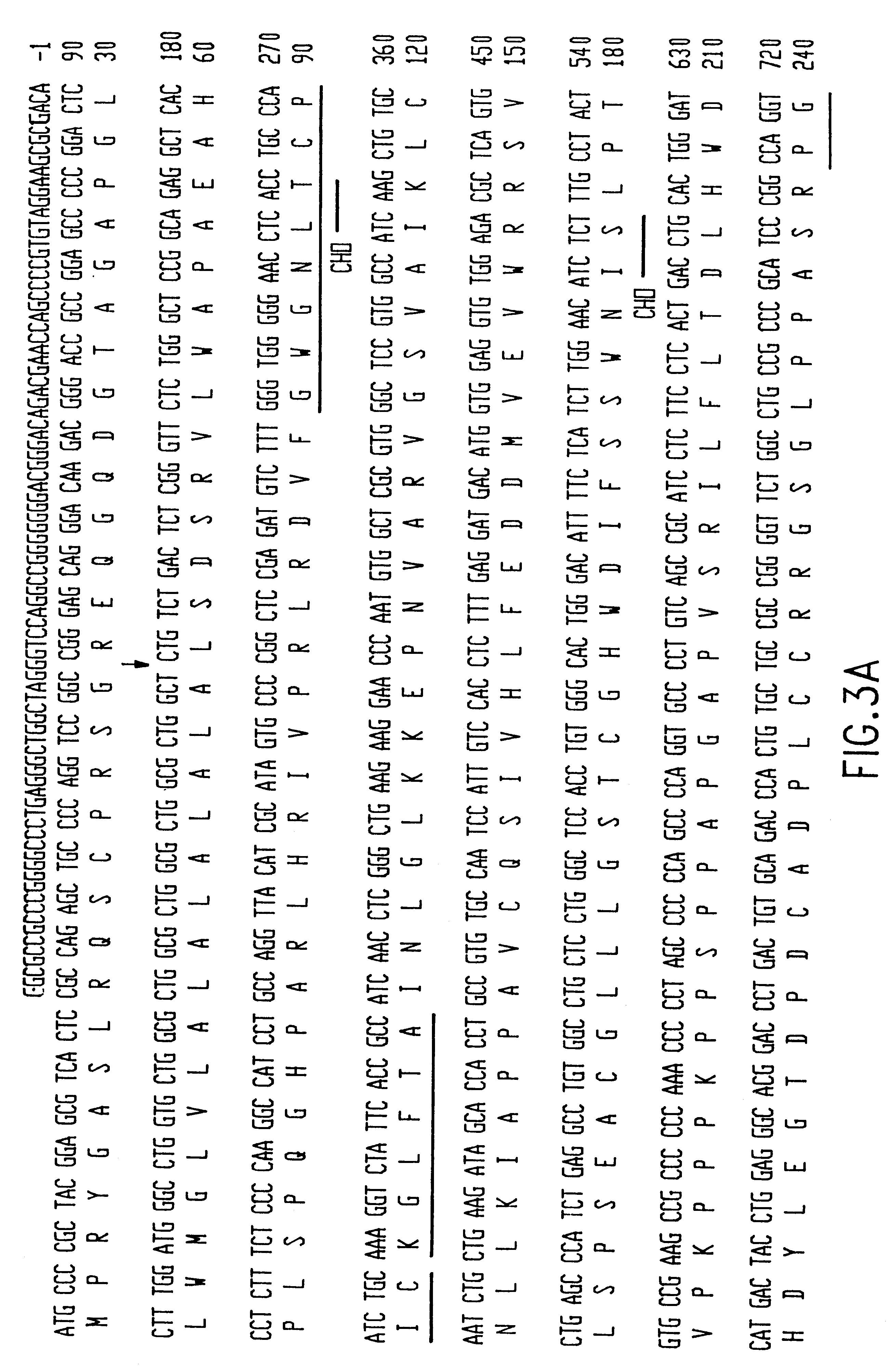Acid sphingomyelinase protein and methods of treating type B Niemann-Pick disease
a technology of acid sphingomyelinase and gene, applied in the direction of peptides, drug compositions, metabolic disorders, etc., can solve the problems of inability to correlate disease severity, inability to reliably distinguish two phenotypes in biochemical analysis, and inability to detect obligate heterozygotes enzymatically
- Summary
- Abstract
- Description
- Claims
- Application Information
AI Technical Summary
Problems solved by technology
Method used
Image
Examples
Embodiment Construction
For purposes of clarity, and not by way of limitation, the detailed description of the invention is divided into the following subsections:
(i) the ASM gene;
(ii) expression of the ASM gene;
(iii) identification of mutations in the ASM gene;
(iv) methods of diagnosing Niemann-Pick disease;
(v) assay systems for diagnosing Niemann-Pick disease; and
(vi) methods of treatment of Niemann-Pick disease.
5.1. The Acid Sphingomyelinase Gene
The nucleotide coding sequence and deduced amino acid sequence for the full-length cDNA that encodes functional ASM is depicted in FIGS. 3A-3C (SEQ ID NOS: 1 and 2), and is contained in plasmid pASM-1FL. This nucleotide sequence, or fragments or functional equivalents thereof, may be used to generate recombinant DNA molecules that direct the expression of the enzyme product, or functionally active peptides or functional equivalents thereof, in appropriate host cells. The genomic nucleotide sequence of ASM, its characterization and structural organization is depi...
PUM
| Property | Measurement | Unit |
|---|---|---|
| temperature | aaaaa | aaaaa |
| temperature | aaaaa | aaaaa |
| temperature | aaaaa | aaaaa |
Abstract
Description
Claims
Application Information
 Login to View More
Login to View More - R&D
- Intellectual Property
- Life Sciences
- Materials
- Tech Scout
- Unparalleled Data Quality
- Higher Quality Content
- 60% Fewer Hallucinations
Browse by: Latest US Patents, China's latest patents, Technical Efficacy Thesaurus, Application Domain, Technology Topic, Popular Technical Reports.
© 2025 PatSnap. All rights reserved.Legal|Privacy policy|Modern Slavery Act Transparency Statement|Sitemap|About US| Contact US: help@patsnap.com



